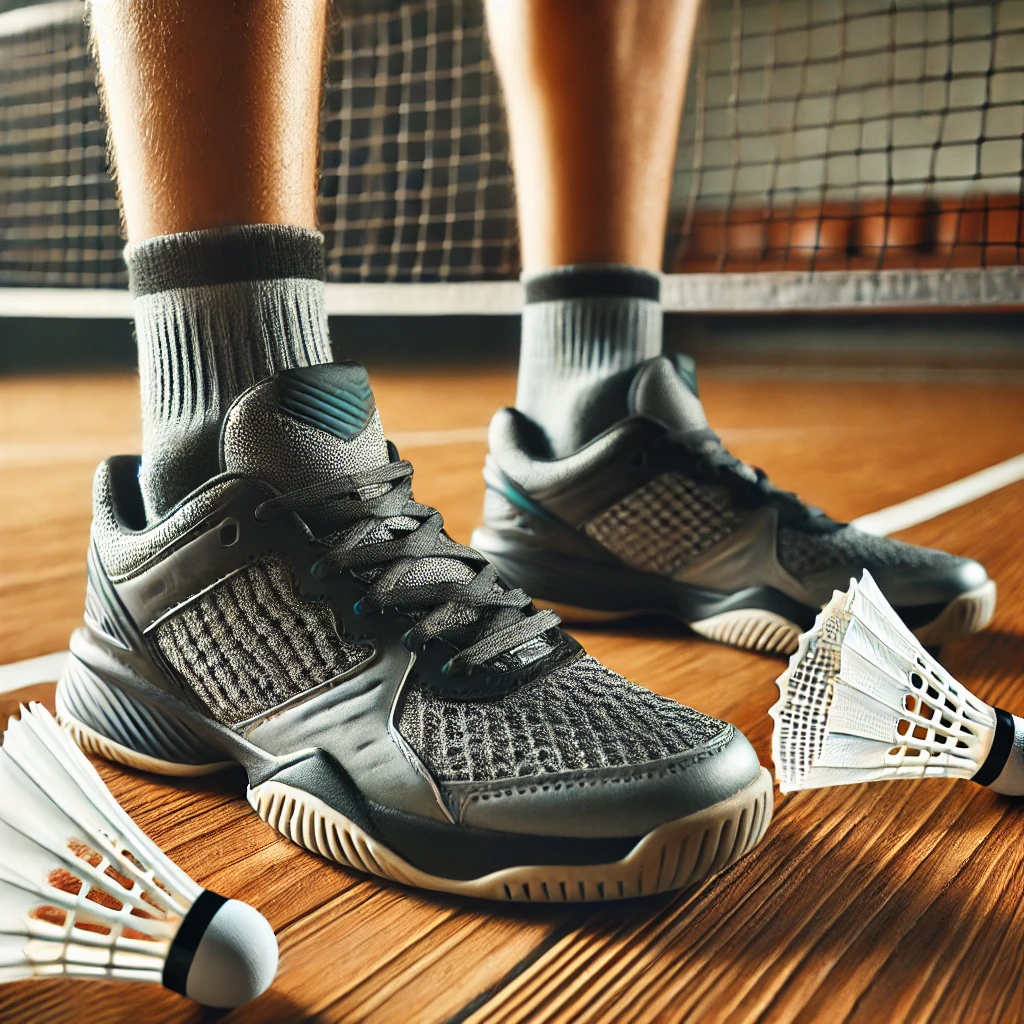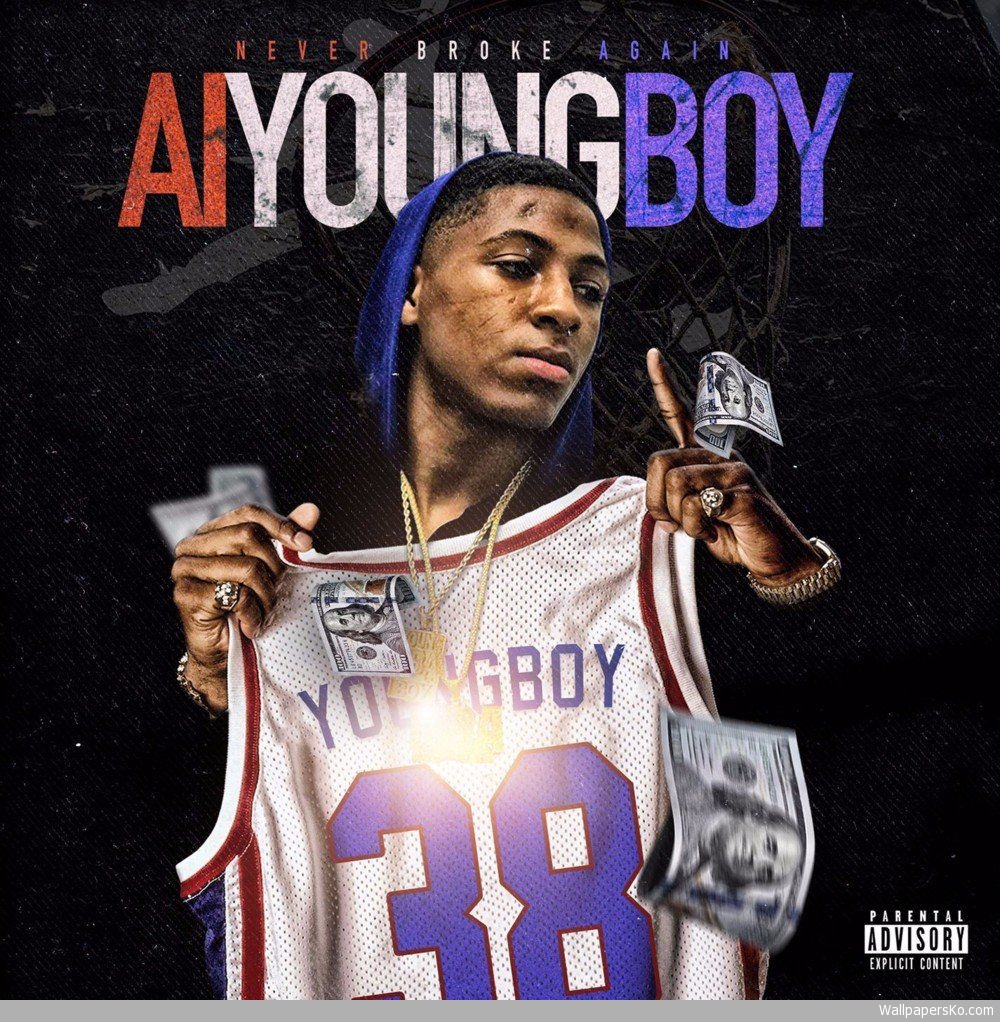When purchasing badminton shoes, there are several key factors to consider that can significantly impact your performance on the court. Badminton involves quick lateral movements, jumps, and swift changes in direction, so having the right pair of shoes can enhance agility and prevent injuries. Below is a comparison-based article with a table highlighting what to look for when buying badminton shoes.
Key Factors to Consider When Buying Badminton Shoes
- Grip/Outsole:
Badminton is typically played on wooden or synthetic floors, so you need shoes with a non-marking outsole that offers a strong grip. A good grip will help you avoid slipping during fast movements. - Cushioning:
Adequate cushioning is essential to absorb the shock from jumps and lunges, protecting your joints. EVA foam or gel cushioning systems are common in badminton shoes for this purpose. - Support:
Badminton involves a lot of lateral movements, so shoes with good ankle and arch support are necessary. Look for shoes with a reinforced upper and midfoot support to avoid injuries. - Weight:
Lightweight shoes enhance speed and agility. However, there needs to be a balance between lightness and the level of support offered. - Durability:
Consider the materials used in the shoe’s construction. Shoes with reinforced areas like the toe and sides can withstand the wear and tear of frequent play, especially for advanced players. - Breathability:
Since badminton is an intensive sport, breathability is important to keep your feet cool and dry. Shoes with mesh panels or moisture-wicking materials can prevent excessive sweating. - Fit:
A proper fit is essential for comfort and performance. Make sure your shoes are snug but not too tight, with enough room in the toe box.
Comparison Table: What to Look for in Badminton Shoes
| Factor | Importance | Description | What to Look For |
|---|---|---|---|
| Grip/Outsole | High | Strong grip for lateral movements and stopping power. | Non-marking rubber outsole, hexagonal or herringbone patterns |
| Cushioning | High | Shock absorption during jumps and lunges. | EVA foam, gel cushioning systems, extra heel support |
| Support | High | Provides stability for quick changes in direction. | Reinforced sides, ankle support, arch support |
| Weight | Medium | Lightweight shoes allow for faster movements but shouldn’t sacrifice support. | 200-300 grams for optimal balance between speed and support |
| Durability | Medium | Resistance to wear, especially in high-stress areas like the toe and sides. | Synthetic leather, reinforced toe caps, double-stitched seams |
| Breathability | Medium | Keeps feet dry during intensive play. | Mesh panels, moisture-wicking materials |
| Fit | High | A well-fitted shoe enhances comfort and prevents blisters. | Snug fit, enough room in toe box, customizable laces |
| Flexibility | Medium | Shoes should allow for natural foot movement without restricting motion. | Flexible upper materials like mesh or synthetic leather |
| Traction | High | Traction is necessary for sudden stops and starts. | Grooved outsoles with specific patterns for indoor courts |
Detailed Comparison of Shoe Brands
1. Yonex Power Cushion Series
- Grip/Outsole: Excellent traction with non-marking rubber soles designed for indoor courts.
- Cushioning: Features Power Cushion technology, offering superb shock absorption and energy transfer.
- Support: Good arch and ankle support for lateral movements.
- Weight: Lightweight, around 280 grams, allowing for speed without compromising support.
- Durability: Durable materials in high-stress areas like the toe box.
- Breathability: Decent with mesh inserts in the upper section for airflow.
- Fit: Snug, designed specifically for the contours of badminton players’ feet.
2. Li-Ning Ranger Series
- Grip/Outsole: Strong grip with rubber outsoles, non-marking and suitable for synthetic courts.
- Cushioning: Dual-density cushioning provides excellent shock absorption, especially around the heel.
- Support: High-level support around the midfoot and ankles.
- Weight: Slightly heavier than Yonex, around 300 grams, but offers more cushioning.
- Durability: Reinforced upper and toe areas, ensuring durability during intensive use.
- Breathability: Moderate, as it uses more synthetic leather with limited mesh sections.
- Fit: Provides a snug fit, but slightly broader in the toe area, which is good for wider feet.
3. Asics Gel-Blade Series
- Grip/Outsole: Excellent grip with a gum rubber outsole, designed for fast-paced indoor sports.
- Cushioning: Gel cushioning system is highly effective in shock absorption.
- Support: Offers less ankle support compared to Yonex but has excellent arch support.
- Weight: Lightweight, around 250 grams, ideal for speed and agility.
- Durability: Moderate; the lightweight build compromises durability slightly.
- Breathability: Excellent with large mesh sections for maximum airflow.
- Fit: A narrower fit compared to Li-Ning, designed for players who prefer tighter shoes.
Conclusion
When buying badminton shoes, it’s essential to focus on grip, cushioning, and support as the most important factors. The right pair will not only improve your agility and comfort on the court but also protect you from injuries. Choose a shoe that fits your playing style and frequency of use. For example, if you prioritize speed, go for a lighter shoe like the Asics Gel-Blade series. If you need more support and cushioning, Yonex or Li-Ning shoes might be a better fit.
Maximize Your Court Performance: The Essential Guide to Choosing Badminton Shoes is a free HD wallpaper. This wallpaper was posted on October 12, 2024 in Sports category. You can download it on your computer by clicking resolution image in Download by size: This wallpaper has got 107 views.





